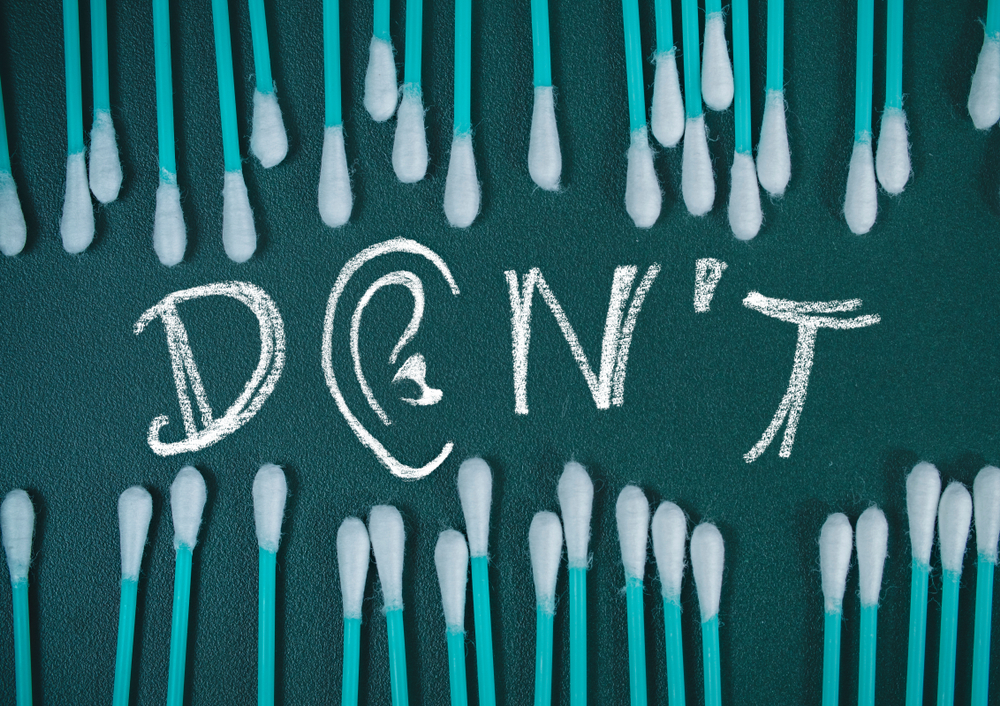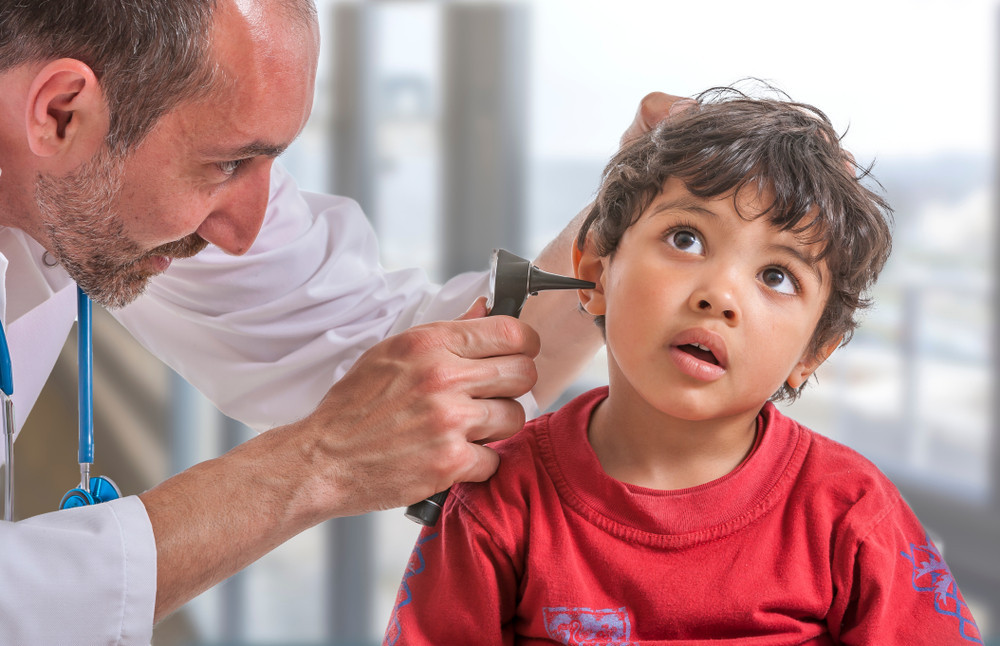Properly managing earwax buildup is crucial for maintaining ear health. However, the methods used can make a significant difference between effective care and potential harm. Here’s a comprehensive guide on safe earwax management, highlighting common mistakes to avoid.
What are the risks of improper ear cleaning?
Improper ear cleaning practices, such as the misuse of cotton swabs or the controversial use of ear candling, can lead to severe consequences. For instance, an Australian woman known as Jasmine almost lost her life due to chronic use of cotton swabs. Pushing them deep into her ear canal caused a severe bacterial infection, which eroded the bone around her ear and led to hearing loss. While extreme cases like Jasmine’s are rare, they underscore the dangers of incorrect ear care practices.
Signs and symptoms of earwax buildup
Recognizing the symptoms of earwax buildup is essential. Symptoms may include:
- Earache
- A feeling of fullness in the ear
- Ringing or buzzing sounds (tinnitus)
- Gradual loss of hearing
Ignoring these signs can lead to complications, making it crucial to address earwax issues promptly and correctly.
The role of earwax
Earwax, scientifically known as cerumen, serves a vital function in protecting the ear canal from foreign particles, dust, and microbes. It is naturally produced in the outer ear canal and usually clears itself through jaw movements and the natural migration of skin cells. However, factors like excessive earwax production or improper cleaning practices can disrupt this process, leading to blockages and associated problems.
What are safe methods for ear cleaning?
When earwax accumulates and causes discomfort or symptoms, gentle cleaning methods can help. Home treatments often involve using drops to soften the wax. Mineral oil, baby oil, hydrogen peroxide, or glycerin drops can be applied to the affected ear, allowing the wax to loosen and drain out naturally over time.
It’s important to avoid using cotton swabs, as they can push the wax deeper into the ear canal, exacerbating the problem.
Another safe method is irrigation using a bulb syringe or an irrigation kit, which can be done at home with caution. This involves flushing the ear canal with warm water or saline solution to remove excess wax. However, this method should be avoided if you have a history of ear problems or conditions like a perforated eardrum.
For individuals uncomfortable with home care or experiencing persistent symptoms, seeking help from a hearing health professional is recommended. Hearing specialists and ENT specialists have the expertise and specialized tools to safely remove impacted earwax. They can also provide comprehensive ear examinations to identify underlying issues and ensure proper ear health.
What are the risks of ear candling?
Ear candling, a practice involving the insertion of a hollow candle into the ear canal and lighting it, is often marketed as a natural remedy for earwax removal. However, health authorities, including the FDA, warn against it due to the lack of scientific evidence supporting its effectiveness and the potential for serious harm.
Risks associated with ear candling include burns, punctured eardrums, and further wax blockages, making it a risky and unreliable method for ear care.
Self-cleaning mechanisms of the ear
Under normal circumstances, the ear has self-cleaning mechanisms that maintain its cleanliness. Activities such as chewing and talking facilitate the natural expulsion of excess earwax from the ear canal. Unless there are specific symptoms of earwax blockage or discomfort, routine interventions for ear cleaning are generally unnecessary.
Importance of regular check-ups
Regular visits to a hearing health professional are crucial, especially for individuals who wear hearing aids or produce excessive earwax. Hearing specialists can monitor ear health, provide guidance on safe ear care practices, and perform necessary interventions to prevent complications associated with earwax buildup.
Maintaining ear health involves understanding safe practices for managing earwax buildup and avoiding common mistakes that can lead to complications. By prioritizing gentle cleaning methods and seeking professional help when needed, individuals can preserve their hearing and reduce the risk of serious ear-related issues. Remember, healthy ears contribute to overall well-being, making proper ear care an essential part of personal health maintenance.
Find a specialist near you to schedule an appointment if you are concerned about your earwax buildup.



